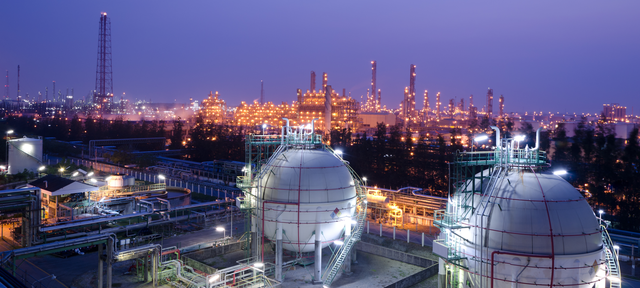C4 Processing
Liquid steam crackers produce significant quantities of valuable unsaturated C4 hydrocarbons like butadiene, butene-1 and isobutylene. Depending on regional or global market demand, these valuable products can often be recovered economically.
C4 Processing – Hydrogenation
Depending on the target product slate, Linde delivers selective and full hydrogenation units as part of its complete steam cracker complex offering. Through close and long-standing collaboration with third-party hydrogenation licensors, we also offer a single point of accountability for an entire licensing package.
